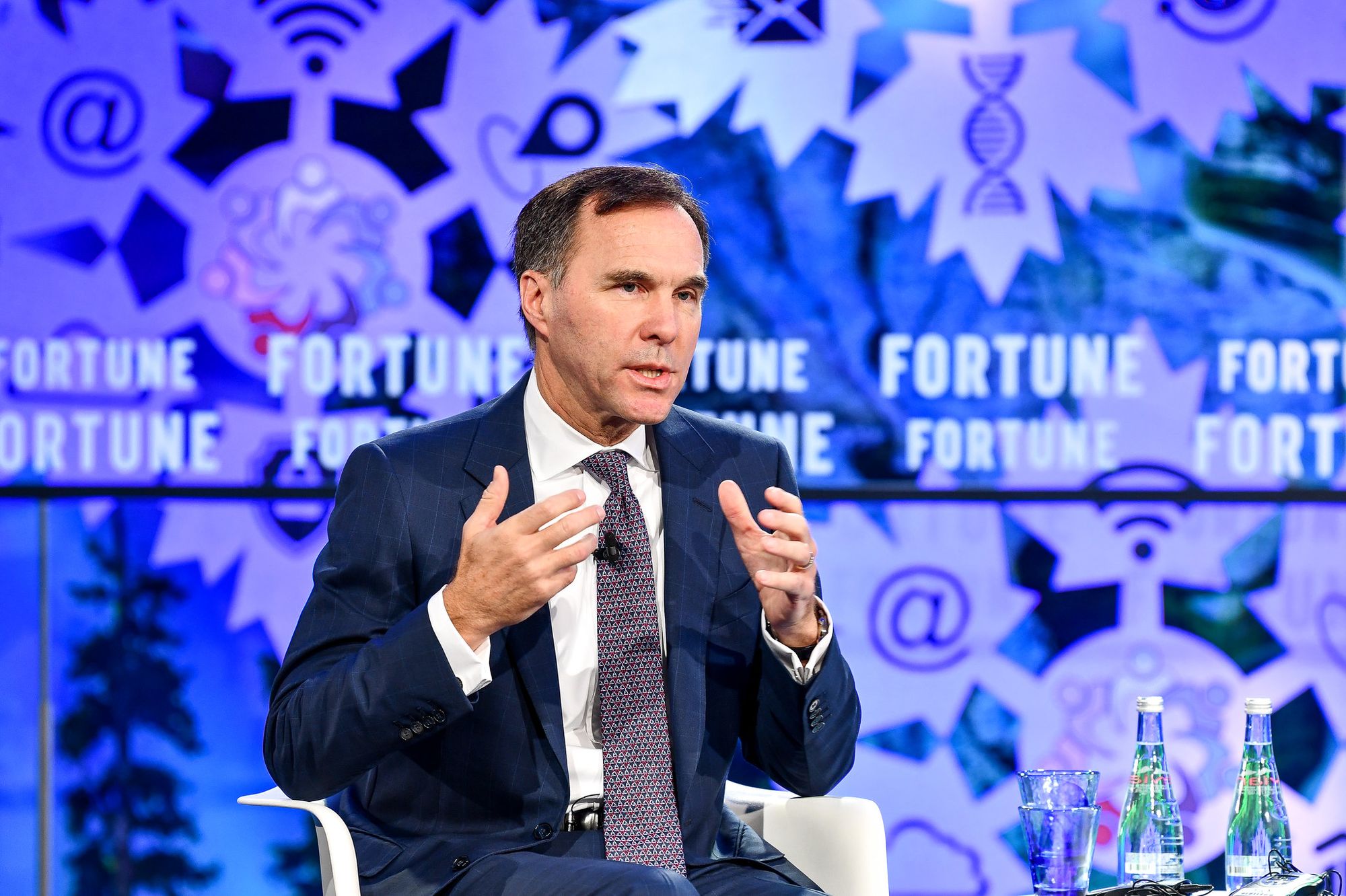In March, facing a pandemic that sparked crises throughout the country, the Canadian government found itself with an emaciated Employment Insurance (EI) program woefully inadequate for the struggles workers would face in coming months. As a result, Canada had to create a whole new suite of emergency programs, such as the Canada Emergency Response Benefit (CERB), to fill the gap.
Yet it wasn’t always this way, as EI was once a major part of the social safety net. So, what happened? And what can we do to make EI benefit workers once more?
The Destruction of Employment Insurance
At its strongest and most robust point in 1971, Canada’s Unemployment Insurance (UI) program — as it was then known — covered 96 per cent of wage- and salary-earning workers. One needed just eight weeks of work over the past year to qualify. Claimants with dependents received 75 per cent replacement earnings — those without dependents received 66 per cent — and the maximum benefit duration was 50 weeks. Quitting without just cause, or being dismissed for misconduct, disqualified you for the first three weeks, after which you were again eligible.
Since then, successive Conservative and Liberal governments have steadily eroded these supports and restricted access to them. Concerns about “abuse” of the system, amplified by business, grew from 1973 to 1975, as the government costs for the program expanded.
The maximum benefit rate was levelled to 66 per cent in 1975, and in 1977 region-based eligibility criteria were introduced. In 1978, benefit applicants required proof of 20 weeks of employment in the qualifying period, and the benefit rate was cut to 60 per cent.
Federal support for funding UI ended in 1990 — it had contributed between 51 per cent (1975) and 17 per cent (1990) of the funding up until this point. Fourteen weeks of work was now needed to qualify in all regions, regardless of the local unemployment rate. Penalties were also increased for voluntarily leaving employment.
In 1993, Prime Minister Brian Mulroney further reduced the benefit rate from 60 per cent to 57 per cent for all claimants, and made those who left their jobs without just cause ineligible for benefits.
Prime Minister Jean Chrétien continued the attacks. In 1994, the benefit rate was reduced again from 57 per cent to 55 per cent. The renaming of the system from UI to EI in 1996 included substantial changes: the minimum number of hours required to collect benefits jumped from 180 (12 weeks at a minimum of 15 hours a week) to 420 hours over those same 12 weeks (an average of 35 hours a week.) Harsh penalties for claimants making false statements were also introduced.
EI has now been incredibly weakened. Merely 42 per cent of unemployed workers are now eligible for benefits, and if you do qualify, the replacement rate is 55 per cent, to a maximum of $573 per week. Quitting your job makes you ineligible for benefits. Outrageously, high earners have greater access to EI benefits than low-income and precarious workers, even though low-income workers contribute a greater percentage of their income.
Robbing Workers for Fun and Profit
Employers and employees continue to pay into EI, but due to the major restrictions on eligibility, the EI fund has pulled in massive surpluses for decades. From 1989 to 1999 alone, worker and employer contributions to EI’s account generated a surplus in today’s dollars of more than 67 billion. For perspective, Canada’s student loans are worth about $28 billion, and the recent CERB program cost an estimated $71 billion.
The EI surplus intended for the unemployed has been raided by Liberal and Conservative governments alike. Prime Minister Paul Martin used the fund’s surpluses to pay off the deficit, meaning banks and bond-holders received worker-generated funds intended to support the unemployed. In 2010, the Stephen Harper government folded a $57 billion balance into the government’s general revenues. Harper also continued, as Martin did, to use EI funds to balance the budget.
Things haven’t changed with Prime Minister Justin Trudeau. Despite a few tweaks expanding coverage for parents and caregivers, Finance Minister Bill Morneau has allowed EI surpluses to continue flowing into general revenue. Morneau has refused to make the fund independent of the government. This can’t continue.
Facing Our Uncertain Future
The “normal” conditions assumed in the era of neoliberalism are gone. The COVID-19 crisis is a small sample of the volatile crises we are likely to face in an era of climate change. We urgently need to build the social and economic infrastructure to support people in uncertain conditions. This task is all the more important when our labour market is increasingly precarious and low-wage.
Rather than be a partisan piggy bank, the EI fund urgently needs to be fully independent. The federal government hasn’t contributed any funds since 1990, so why should they manage it? Instead, the owners and stakeholders of the fund — workers — should take control.
As income supports effectively set an acceptable baseline income, this mechanism could be used to create upward pressure on the minimum wage. The program could also be expanded to be simpler and more accessible for all workers. Loosening and reducing eligibility requirements, increasing the replacement rate, eliminating waiting periods and allowing workers to quit would be a start.
Imagine how workers would be faring with this sort of system during the ongoing pandemic. Rather than anxiously applying for emergency benefits, workers could be assured that at least two-thirds of their income would be replaced when laid off or furloughed. Precarious workers whose employers refuse to continue danger pay despite record profits could more easily quit, rather than risk their lives for low pay.
If we want to live in a viable society for the foreseeable future, we need to build the systems that will protect us from an increasingly uncertain world.







Member discussion